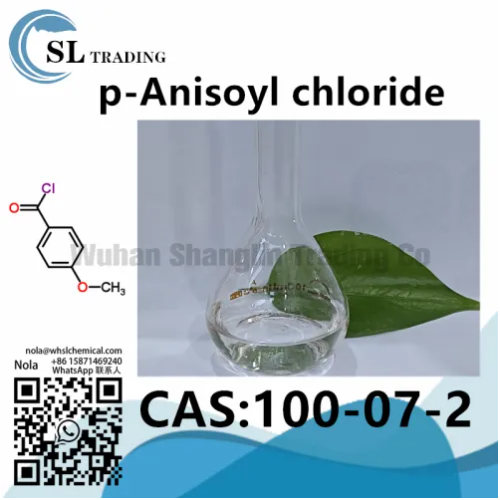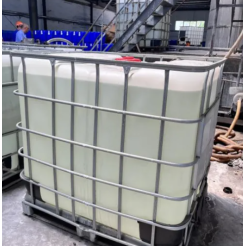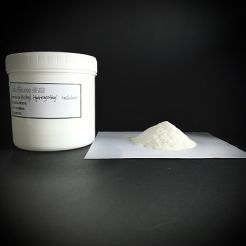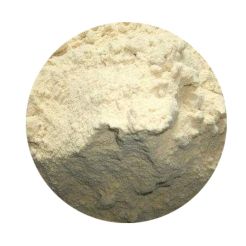CAS:100-07-2
CAS:100-07-2 p-Anisoyl chloride/p-Methoxybenzoyl chloride/4-Anisoyl chloride/Benzoyl chloride,4-methoxy/4-Methoxybenzoylchloride
Product Description
|
Other Name |
p-Anisoyl chloride |
|||||||
|
English alias |
|
|||||||
|
CAS No. |
||||||||
|
Density |
1.2±0.1 g/cm3 |
|||||||
|
Boiling point |
263.2±13.0 °C at 760 mmHg |
|||||||
|
Meiting point |
22 °C(lit.) |
|||||||
|
Molecular formula |
C8H7ClO2 |
|||||||
|
Molecular weight |
170.593 |
|||||||
|
Flash point |
|
|||||||
|
Accurate mass |
170.013458 |
|||||||
|
PSA |
26.30000 |
|||||||
|
LogP |
2.38 |
Product Use
P-Anisoyl chloride, also known as 3-chloro-2-methoxybenzoyl chloride or 3-chloro-benzoyl methanide, is an organic compound that finds use as a reagent in organic chemistry. The compound is most commonly used to provide an anisoyl chloride functional group to other organic molecules, resulting in a variety of potential applications. It is usually sold commercially as a colorless liquid in the form of a solution with a density of 1.22 g/mL at 20°C and is highly flammable.
P-Anisoyl chloride is used in a broad range of chemical syntheses, primarily to produce anisoyl chloride-substituted molecules. In many synthetic reactions, the anisoyl chloride group allows for the successful synthesis of other molecules. The anisoyl chloride group may also be used as an intermediate in the synthesis of other compounds, for example, an ester derived from the anisoyl chloride reacts easily with primary amines to give amido ketones.
Another common use of p-anisoyl chloride is in the Williamson ether synthesis. This reaction is used to synthesize an ether compound from an organohalide or tosylate and an alcohol, with the help of p-anisoyl chloride as a catalyst if the organohalide used is unactivated. P-anisoyl chloride can also be used to synthesize β-lactams via nucleophilic substitution of the anisoyl chloride group in an alpha-haloketone, which as a result conjugates the carbonyl group.
P-anisoyl chloride also sees use in many other coupling reactions. Examples include its participation in the aza-Wittig reaction between an isatin and a phosphorane, in which it acts as an electrophile and forms an iminophosphorane intermediate. P-anisoyl chloride can be used to synthesize aminophenylboronic acid, through the Biginelli reaction, and can also be used in many cross-coupling reactions to generate dyes, electrophilic aromatics, or fluorinated compounds. In these reactions, the anisoyl chloride group is generally used in place of or as an alternative to other coupling agents, such as halogenoalkanes and vinylic halides.
Other applications of p-anisoyl chloride include medication research, in which anisoyl chloride has been used to synthesize impurities of various drugs and has found some usage in the synthesis of metabolites of pharmaceutical compounds. It is also used in the cosmetics industry, as it can be used to partially or completely esterify both fats and oils.
Overall, p-anisoyl chloride is a valuable reagent in many organic and inorganic syntheses and has both industrial and medicinal uses. It is also a highly versatile compound and can be substituted to create a wide variety of products. Its ability to form an electrophilic anisoyl chloride group gives it applications in all sorts of synthesis, both in the lab and industrial setting.







